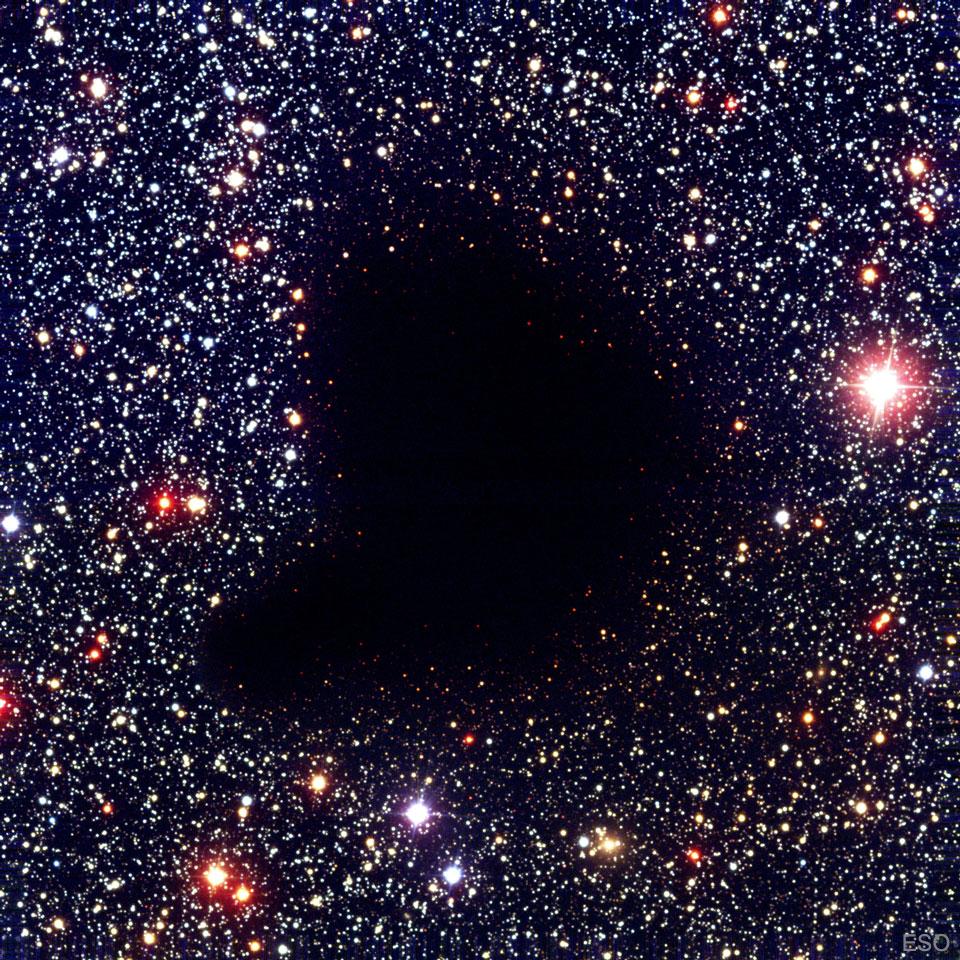Milky Way Dark Molecular Cloud Barnard 68

Barnard 68 is a small, dark nebula in the constellation Ophiuchus. It is located within the Milky Way Galaxy, about 400 light-years from Earth. American astronomer Edward Emerson Barnard discovered it in the early 20th century and added it to his catalog of dark nebulae in 1919.
Physical Characteristics of Barnard 68
Barnard 68 is a molecular cloud made of dust and gas that absorbs almost all visible light. This makes it look like a “hole” in the sky. It is also one of the coldest and most isolated places in the universe, with a temperature of about -257 degrees Celsius.
Importance of Barnard 68 for Studying Star Formation
Despite its small size, Barnard 68 is thought to have a mass of around 10 times the mass of the sun. It measures about half a light-year across. It is also one of the densest and most isolated molecular clouds in the Milky Way. This makes it a good place to study the early stages of star formation. In fact, it is home to several protostars, or young stars that are still forming. These stars are surrounded by disks of gas and dust that may eventually form planets and other celestial bodies.
The isolation of Barnard 68 makes it an interesting subject for study. It is located in a region of space with no other known molecular clouds. It is also thought to be completely isolated from the rest of the galaxy. This makes it a good place to study the effects of isolation on the formation of stars and planetary systems within the Milky Way.
One of the most interesting aspects of Barnard 68 is its extreme youth. It is thought to be less than a million years old. This makes it one of the youngest known molecular clouds in the Milky Way. It is a good place to study the early stages of star formation within our galaxy.
Future Scientific Interest in Barnard 68
In summary, Barnard 68 is a small but fascinating object that has caught the attention of astronomers. Its unique properties within the Milky Way make it interesting to study. Its extreme youth and isolation make it a good place to study the early stages of star and planetary system formation within the galaxy. It is sure to continue to be a subject of scientific interest in the future.